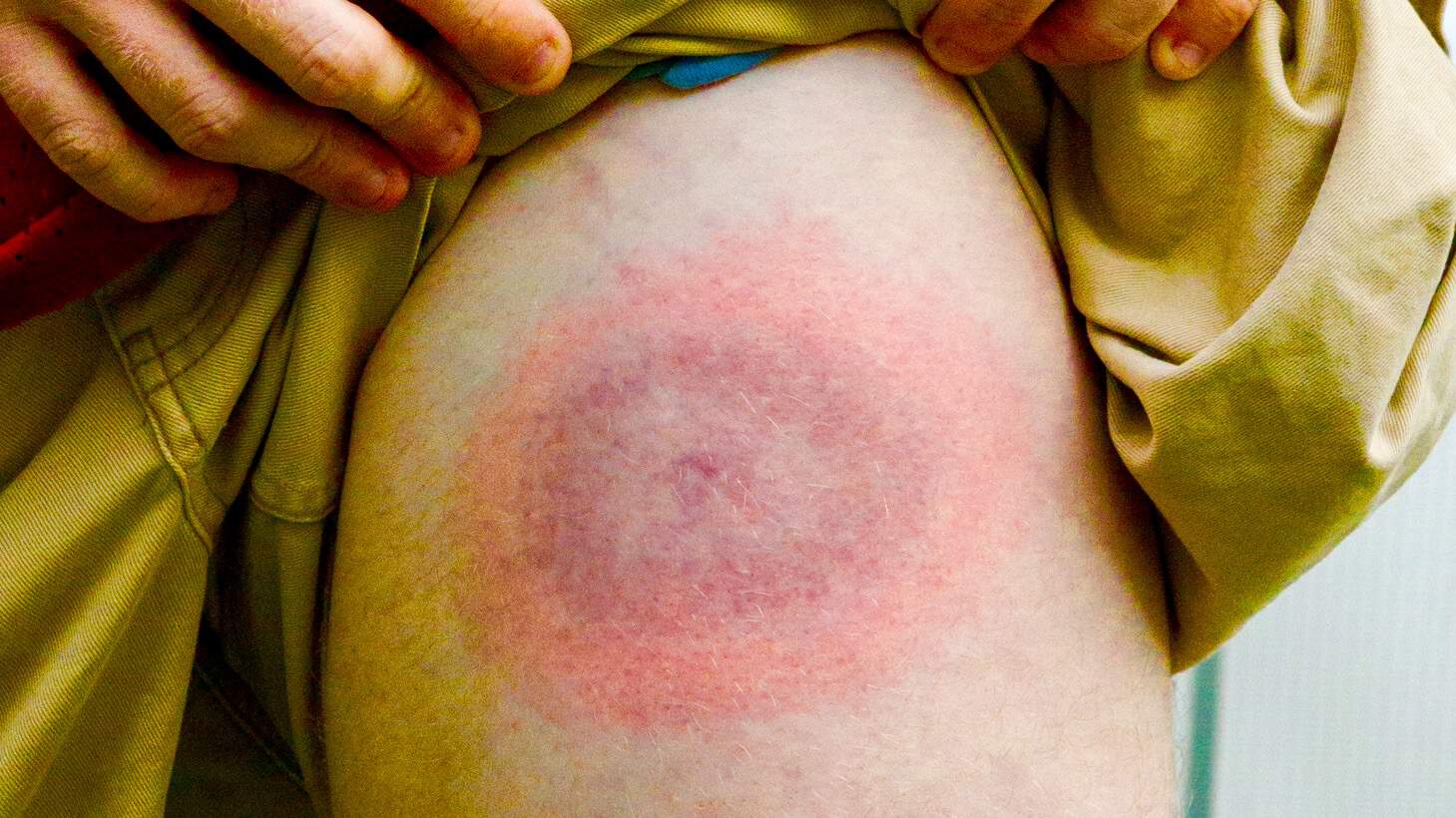Lyme disease is a bacterial infection transmitted through the bite of infected black-legged ticks (on the East Coast) and deer ticks (on the West Coast). The symptoms of Lyme disease are often wide-ranging and may occur anywhere from 3 to 30 days after the bite.
Lyme disease can be particularly difficult to diagnose, as the bacterium responsible for the condition produces symptoms that mimic common illnesses. Symptoms of Lyme disease may be similar to those of a cold or flu.
LymeDisease.org states “Patients with Lyme disease are frequently misdiagnosed with chronic fatigue syndrome, fibromyalgia, multiple sclerosis, and various psychiatric illnesses, including depression.” As a result of the frequent misdiagnoses and apparent replication of symptoms, some call this disease “The Great Imitator.”
The bacterium that causes the condition can affect the brain and nervous system, heart, and the muscles and joints.
Lyme Disease Statistics
Per the Centers for Disease Control and Prevention (CDC), between 288,000 to 329,000 individuals test positive for the condition each year (based on data modeling estimates.)
In 2015, over 96 percent of all reported cases of Lyme disease occurred in 14 states: Connecticut, Delaware, Maine, Maryland, Massachusetts, Minnesota, New Hampshire, New Jersey, New York, Pennsylvania, Rhode Island, Vermont, Virginia, and Wisconsin.
In fact, cases of Lyme disease happen on every continent except Antarctica. As you see from the statistics above, most cases of the condition in the United States occur in the East and Midwest parts of the country.
8 Potential Signs of Lyme Disease
As the condition is often misdiagnosed, the criteria for diagnosing Lyme disease should differ noticeably from that of other illnesses – but it does not. As such, the risk factors and symptoms of the disease are best explained by medical practitioners who specialize in the condition.
1. Exposure
The species of ticks that transmit Lyme disease come from particular habitats. Lymedisease.org cites “wooded or grassy areas” as the two primary environments where ticks live.
Living, exercising, or spending leisure time (e.g. camping) in wooded or grassy areas is the number one risk factor.
2. Tick bite
As the condition originates via tick bite, you’d think this would be an easy thing to spot – but it isn’t. The reason is that most people who contract Lyme are bitten by an immature tick, which is about the size of a poppy seed. The insect’s diminutive size and painless bite often go unnoticed by the person.
3. Rash
A “red expanding skin rash” is a pretty good indication of a tick bite. The size of the rash can differ significantly from person to person, but it usually swells, and – in the later stages – takes on a “bullseye on a dartboard” appearance.
However, note that one in every three people will not form a rash.
4. Flu-like symptoms
Some people will experience symptoms similar to the flu: fatigue, muscle and joint pain, high temperature (fever), headaches, stiffness in the neck, and body chills.
In fact, mistaking Lyme with influenza is very common. Should these symptoms persist and worsen past three to seven days (the “severe” symptom phase of the flu), Lyme disease is a possibility; especially if any of the abovementioned signs apply.
5. Facial weakness
This is definitely a scary symptom. Indeed, it is one that should raise the alarm. Numbness and weakness of facial muscles often result from nerve damage. Also called Bell’s palsy, these symptoms affect only one side of the face.
Numbness or weakness of the face is a medical emergency.
6. Respiratory or cardiovascular problems
Symptoms of respiratory or cardiovascular problems include chest pain, heart palpitations, and shortness of breath. Medical professionals refer to the cardiovascular problems associated with Lyme as Lyme carditis. That term indicates a rapidly-progressing disturbance between nerve connections within the heart’s tissues.
Even if these symptoms are subtle, which they often are in the beginning, you should seek help from your doctor.
7. Problems with concentration or memory
Executive functions within the brain can be affected during the later stages of Lyme disease. Generally, concentration and memory problems co-occur with limb pain and facial weakness.
8. Inflammation
Inflammation resulting from Lyme may cause arthritis symptoms. Severe joint pain, swelling (especially in the knee area), numbness/tingling in the hands or feet, or “shooting” pains are potential indicators of Lyme disease.
If knee pain and inflammation become severe, NSAIDs such as ibuprofen/Aleve may temporarily relieve the pain. However, it is in your best interest to seek medical guidance.
Preventing Lyme Disease
The National Health Service (NHS) of the UK recommends the following preventative measures:
– avoiding long grass while walking
– wearing appropriate closing (long-sleeved shirt, pants) in tick-infested areas
– using insect repellent on exposed skin
– inspecting your skin for ticks, including around the armpits, groin, and waist area
– examining your children’s head and neck areas, including their scalp
– inspecting your pets to ensure ticks are not present on their fur














 Community
Community

